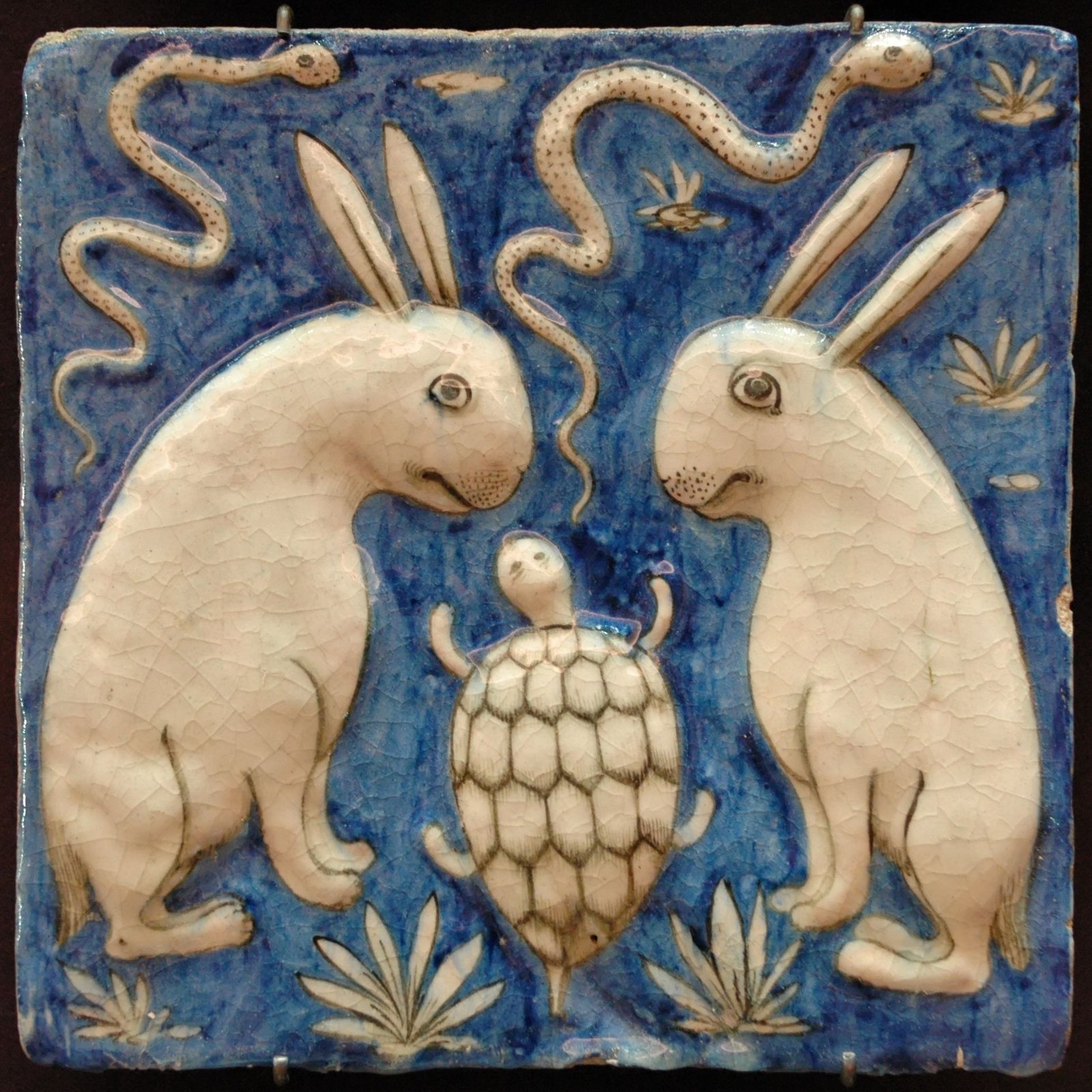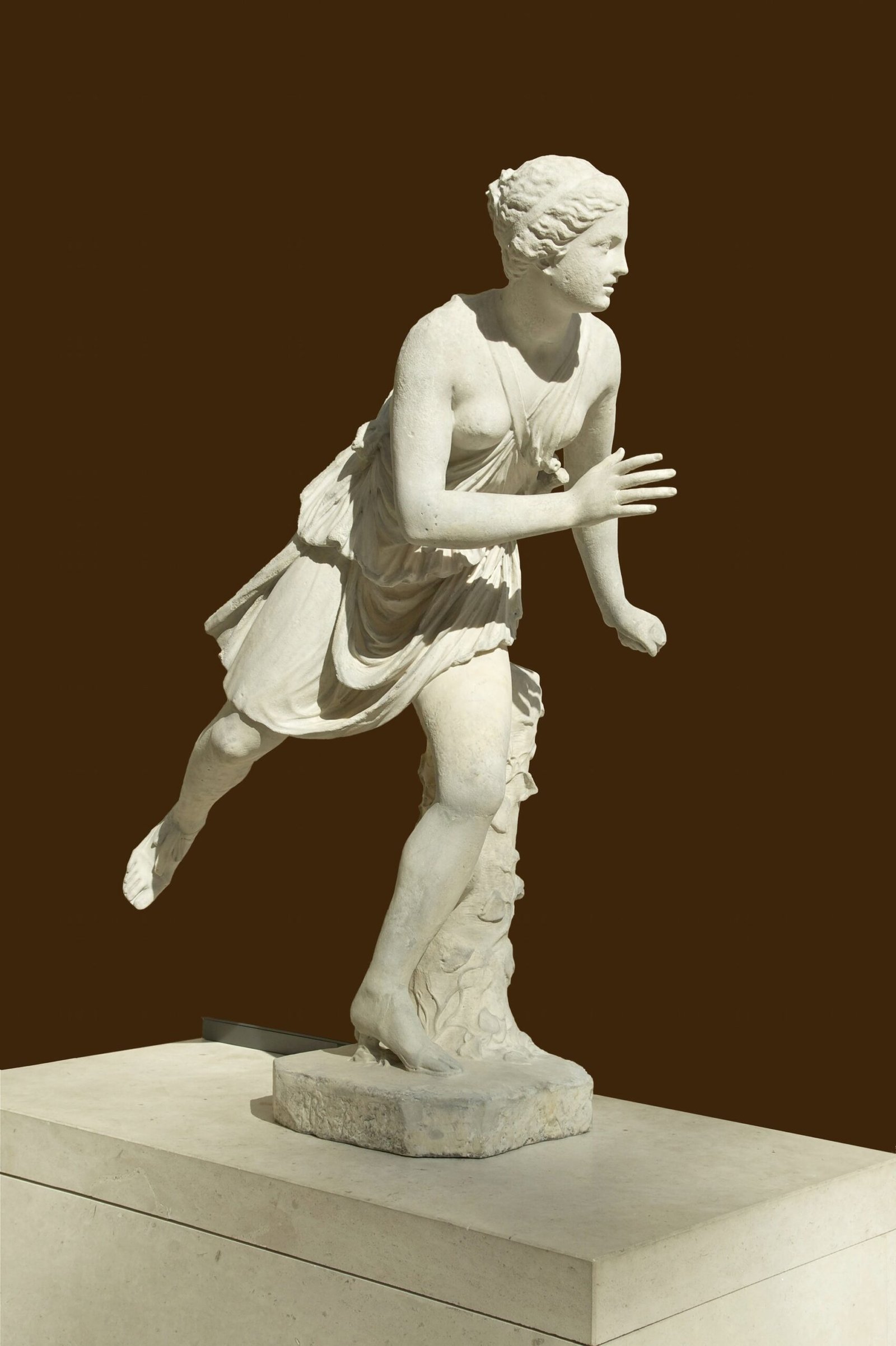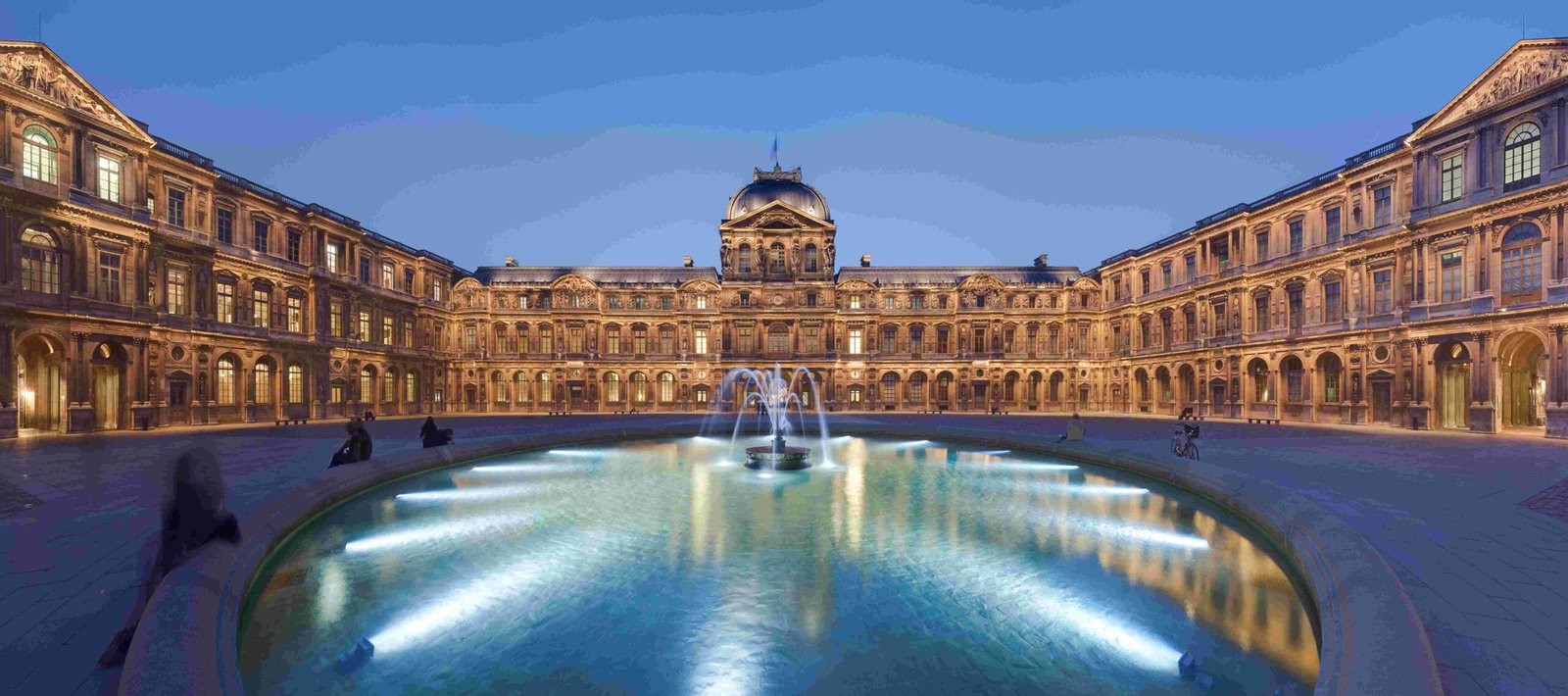The Louvre Museum in Paris, renowned for its vast collection of art and artifacts, houses a significant array of African art pieces. This collection spans various periods and regions, offering visitors a glimpse into the rich cultural heritage of Africa. From ancient Nubian artifacts to contemporary African sculptures, the Louvre’s African art collection provides a unique perspective on the continent’s artistic traditions and their influence on global art history.
What Are the Key Highlights of the Louvre Museum’s African Art Collection?

The Louvre Museum’s African art collection boasts several notable pieces that showcase the diversity and richness of African artistic traditions. Here are some of the key highlights:
- Nubian Artifacts:
- Life-sized carving of a Nubian woman
-
Location: First-floor landing of the Sully wing, between Rooms 26 and 27
-
Grecian Aryballos:
- Date: 520-510 BC
- Description: A jar for perfumed oils featuring a black person’s face on one side and a white woman’s face on the other
-
Location: Galerie Campana IV of the Sully wing, Room 43
-
Paintings:
- Marie-Guilhelmine Benoist’s “Portrait of a Negress” (1800)
- Veronese’s “The Wedding at Cana”
- Le Sueur’s “The Wedding at Cana”
-
Coypel’s “The Sermon of Saint Paul at Ephesus”
-
Pavillon des Sessions:
- Houses approximately 100 objects from Africa, Asia, Oceania, and the Americas
- Notable pieces:
- Anthropomorphic sculpture ‘Trrou Körrou’ (the Blue Man)
- Easter Island statue head
How Can Visitors Access the African Art Exhibitions at the Louvre?

Accessing the African art exhibitions at the Louvre is relatively straightforward, but there are a few key points to keep in mind:
- General Admission:
- The African art collection is part of the permanent exhibitions
-
Accessible with a standard Louvre admission ticket
-
Pavillon des Sessions:
- Currently closed for renovation until spring 2025
-
Houses a significant portion of the African art collection
-
Opening Hours:
- Regular hours: 9:00 AM to 6:00 PM
-
Late-night openings: Wednesdays and Fridays until 9:45 PM
-
Best Times to Visit:
- Early mornings or weekdays to avoid crowds
- First Sunday of each month from October to March (free admission)
What Accessibility Options Are Available for the African Art Section?
The Louvre Museum strives to make its collections, including the African art section, accessible to all visitors. Here are some of the accessibility options available:
- Wheelchair accessibility throughout the museum
- Sign language interpretation for guided tours (upon request)
- Audio descriptions for visually impaired visitors
- Accessible entrances, lifts, and adapted restrooms
It’s recommended to contact the museum in advance for specific accessibility needs or to arrange special assistance.
How Much Does It Cost to Visit the African Art Exhibitions?
The cost of visiting the African art exhibitions at the Louvre is included in the general admission ticket. Here’s a breakdown of the ticket prices and available discounts:
| Ticket Type | Price |
|---|---|
| Standard Adult Ticket | €18 |
| Discounted Ticket (students, job seekers, visitors under 26) | Varies |
| Free Admission | First Sunday of each month (Oct-Mar), Bastille Day (July 14) |
Additional options:
- Family tickets
- Group rates
- Special packages including guided tours or access to temporary exhibitions
It’s advisable to purchase tickets online in advance to skip the ticket lines and save time.
What Are the Must-See African Art Pieces at the Louvre?
While the Louvre’s African art collection is extensive, there are several pieces that stand out as must-see attractions:
-
Nubian Woman Carving: This life-sized sculpture offers a rare glimpse into ancient Nubian artistry and culture.
-
Grecian Aryballos: A unique piece that showcases the intersection of Greek and African artistic traditions.
-
“Portrait of a Negress” by Marie-Guilhelmine Benoist: A significant painting that challenges traditional representations of people of African descent in European art.
-
‘Trrou Körrou’ (the Blue Man): An intriguing anthropomorphic sculpture that exemplifies the diversity of African artistic expressions.
-
Easter Island Statue Head: While not strictly African, this piece in the Pavillon des Sessions represents the Louvre’s commitment to showcasing art from various non-European cultures.
How Does the Louvre Contextualize Its African Art Collection?
The Louvre Museum takes several approaches to contextualize its African art collection:
-
Historical Context: Pieces are often displayed with information about their origin, date, and cultural significance.
-
Thematic Groupings: Some exhibitions group pieces by theme or region, allowing visitors to see connections and contrasts.
-
Interdisciplinary Approach: The museum often draws connections between African art and other cultural traditions represented in its collections.
-
Educational Programs: The Louvre offers guided tours and educational materials that provide deeper insights into the African art collection.
-
Temporary Exhibitions: While not currently scheduled, the museum occasionally hosts special exhibitions that focus on specific aspects of African art or culture.
What Future Plans Does the Louvre Have for Its African Art Collection?
While specific future plans for the African art collection are not publicly detailed, the Louvre continually works to enhance and expand its offerings. Here are some general trends and possibilities:
-
Renovation of Pavillon des Sessions: Set to reopen in spring 2025, potentially with new or reorganized displays.
-
Acquisition of New Pieces: The Louvre may continue to acquire new African art pieces to expand its collection.
-
Collaborative Exhibitions: Potential partnerships with African museums or cultural institutions for special exhibitions.
-
Digital Initiatives: Possible development of virtual tours or online resources focused on the African art collection.
-
Research and Conservation: Ongoing efforts to study and preserve the existing collection.
The Louvre Museum’s African art collection offers a unique window into the diverse artistic traditions of the African continent. From ancient artifacts to more recent works, the collection showcases the rich cultural heritage and artistic innovations of African peoples. While the Pavillon des Sessions is currently closed for renovation, visitors can still explore various African art pieces throughout the museum’s permanent collections. As the Louvre continues to evolve its presentation and interpretation of African art, it remains an essential destination for those interested in exploring the global history of art and culture.
References:
1. https://www.soulofamerica.com/international/paris/black-images-at-the-louvre/
2. https://www.louvre.fr/en/explore/the-palace/artworks-from-around-the-world
3. http://wp.lancs.ac.uk/universalhistories/2017/05/23/displaying-africa-asia-oceania-and-americas-at-the-louvre-the-pavillon-des-sessions/

